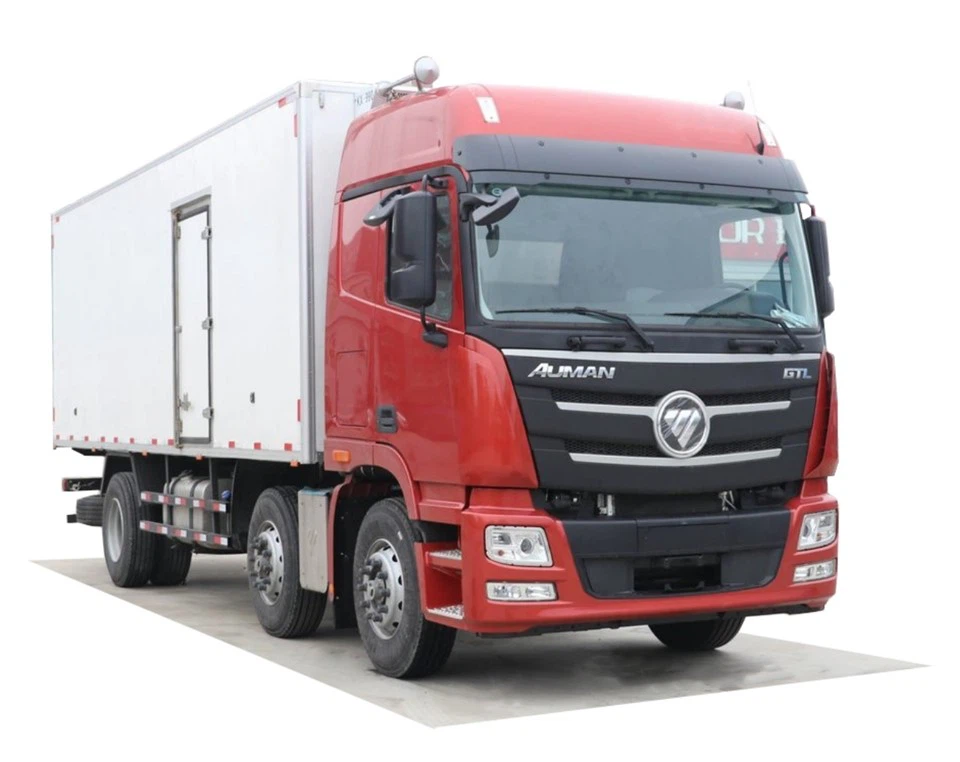Smallest Garbage Disposal: The Ultimate Guide to Compact Waste Management

Introduction
In the current world, waste management has become a crucial aspect of maintaining a clean and efficient household. For those living in smaller homes or apartments, space can often be limited, making traditional garbage disposals cumbersome. This article explores the concept of the smallest garbage disposal, showcasing various options available in the market, their features, benefits, and installation processes. Whether you are downsizing or simply wish to optimize your kitchen space, understanding these compact disposals can help you make informed decisions.
Why Choose a Small Garbage Disposal?
1. Space Efficiency
One of the primary reasons homeowners opt for smaller garbage disposals is to save space. Compact models can fit under sinks where larger units cannot, making them ideal for smaller kitchens.

2. Affordability
Smaller disposals are typically less expensive, not only in terms of initial cost but also in energy consumption. They are designed for smaller loads, which means lower electricity bills.
3. Environmental Benefits
Small garbage disposals help reduce food waste that would otherwise end up in landfills. They support a more sustainable lifestyle by allowing for easy composting of organic materials.

Types of Small Garbage Disposals
1. Batch Feed Disposal
This type requires the user to load waste into the disposal and then cover it with a stopper before it operates. This design provides safety and is ideal for homes with children.
2. Continuous Feed Disposal
Continuous feed models allow users to run the disposal while food is continuously added. These disposals are more convenient for large families or those who cook frequently.
3. Compact Under-Sink Disposal
Specifically designed for limited spaces, these units are smaller in size but can still handle kitchen waste effectively without compromising performance.
Key Features to Look For
1. Motor Power
Garbage disposals come in various horsepower options ranging from 1/3 HP to 1 HP. For smaller models, 1/3 HP to 1/2 HP is usually sufficient for most households.
2. Noise Level
Noise can be a significant concern when selecting a garbage disposal. Look for models with noise-reducing features or insulation if noise is a priority.
3. Grinder Type
Different disposals use different grinding technologies, such as you can find models with stainless-steel grind components for durability and better performance.
4. Size and Weight
When considering a small garbage disposal, dimensions and weight are critical. Ensure that the model fits in your cabinet space and is easy enough to install and handle.
Best Small Garbage Disposals in 2023
| Model Name | Power (HP) | Noise Level (dB) | Type | Price |
|---|---|---|---|---|
| InSinkErator Evolution Compact | 0.5 | 40 | Continuous Feed | $299 |
| Moen GX50C | 0.5 | 80 | Continuous Feed | $140 |
| Waste King L-1001 | 0.5 | 90 | Continuous Feed | $75 |
| InSinkErator Badger 5 | 0.5 | 80 | Continuous Feed | $115 |
| KitchenAid KCDS075T | 0.75 | 75 | Continuous Feed | $199 |
Installation Process for Small Garbage Disposal
1. Tools Required
- Adjustable wrench
- Phillips screwdriver
- Pliers
- Putty knife
- Measuring tape
2. Step-by-Step Installation Guide
Step 1: Disconnect the Power
Ensure your current disposal is disconnected from power. This is a safety measure to prevent accidents during installation.
Step 2: Remove the Old Disposal
Carefully detach the old unit by unscrewing and disconnecting the plumbing. Keep all parts you may need for installation.

Step 3: Prepare the New Disposal
Attach the flange to the sink and plug it with a small amount of putty to create a watertight seal.
Step 4: Connect the Disposal
Follow the manufacturer’s instructions to connect your small garbage disposal to the sink and the drain pipe.
Step 5: Reconnect the Power
Ensure all connections are secure, and reconnect the power supply. Turn on the disposal to verify it operates smoothly.
Maintenance Tips for Small Garbage Disposals
1. Clean Regularly
To prevent odors, it’s essential to clean your garbage disposal regularly with soap and water or specialized disposal cleaners.
2. Avoid Hard Materials
Avoid grinding hard items such as bones or fibrous vegetables, which can damage the unit and reduce its lifespan.
3. Run Cold Water
Always run cold water when using the disposal. This helps solidify fats and oils, enabling them to be ground more effectively.
Common Issues with Small Garbage Disposals
1. Jamming
If your disposal stops working, it may be jammed. Most units come with a reset button; press it after removing any debris inside.
2. Leaks
Leaks can happen due to loose fittings. Check all connections and tighten any loose parts to prevent water damage.
3. Unpleasant Odors
If you notice bad smells emanating from your disposal, try cleaning it with a mixture of baking soda and vinegar. This can help neutralize odors.
FAQs About Small Garbage Disposals
1. How long do small garbage disposals last?
On average, a well-maintained small garbage disposal can last between 8 to 15 years.
2. Can I install a small garbage disposal myself?
Yes, if you have basic plumbing and electrical knowledge, you can install it yourself. However, if you’re unsure, it’s best to consult a professional.
3. What can I put in my small garbage disposal?
You can safely dispose of most fruit and vegetable scraps, small amounts of grains, and cooked meat without bones. Avoid fibrous vegetables and hard items.
4. Is it safe to use hot water when running my garbage disposal?
While some people do, it’s usually better to use cold water, as it helps solidify fats and prevents clogging. Hot water can liquefy fats, leading to potential clogs later down the line.
5. What happens if my garbage disposal is clogged?
If clogged, turn off the disposal, remove any visible debris, and press the reset button. If the problem persists, you may need to consult a professional plumber.
6. Are small garbage disposals energy-efficient?
Yes, smaller models are designed for limited use and consume less energy compared to larger units, making them more efficient for small households.
